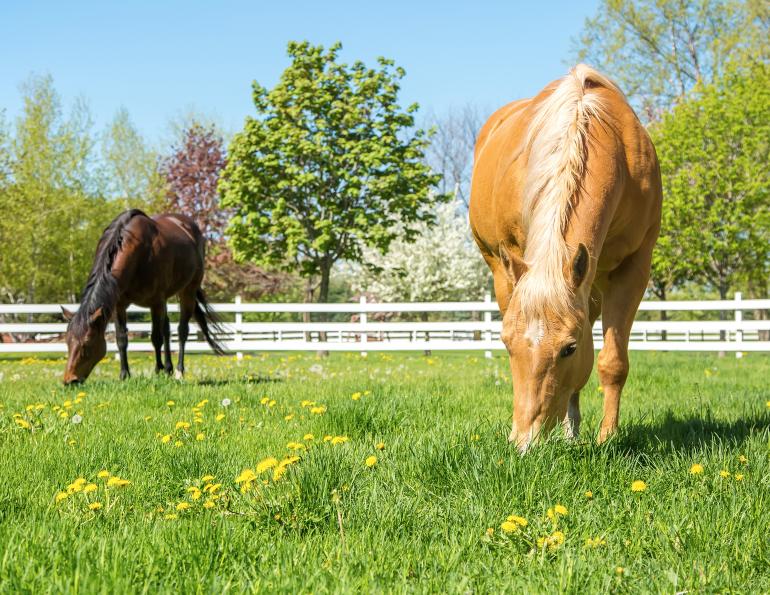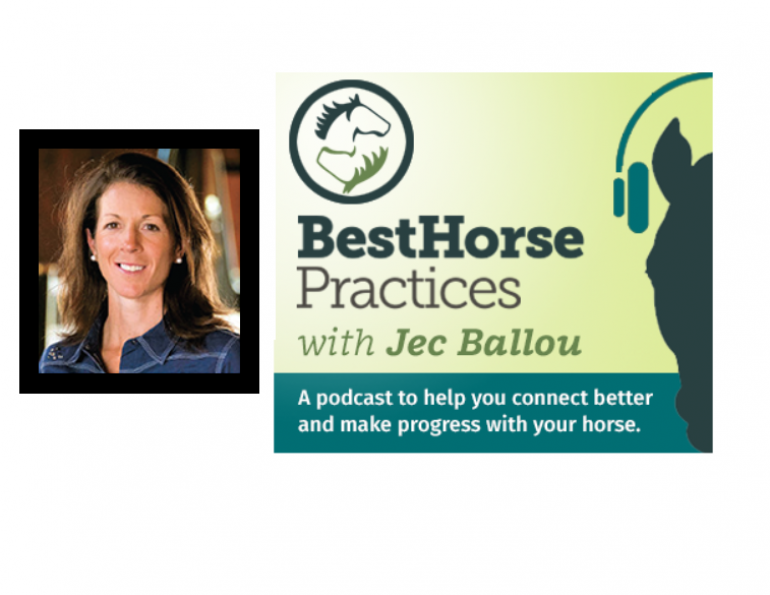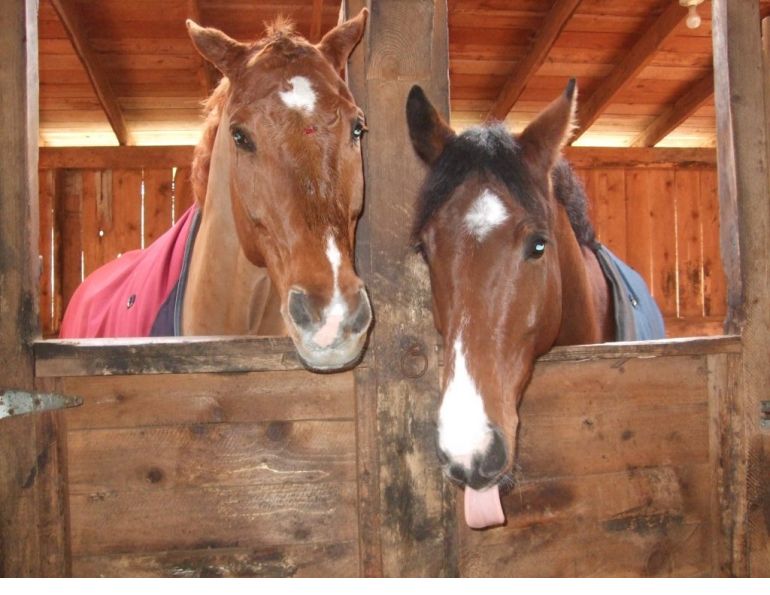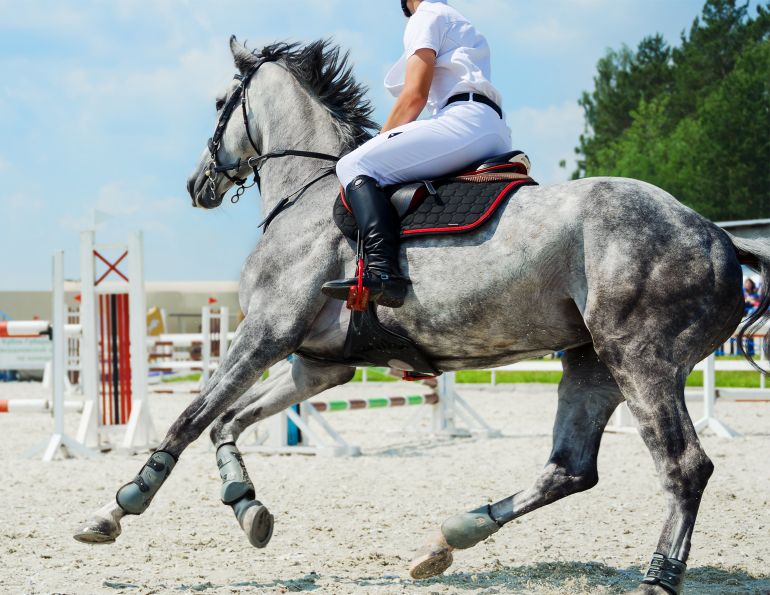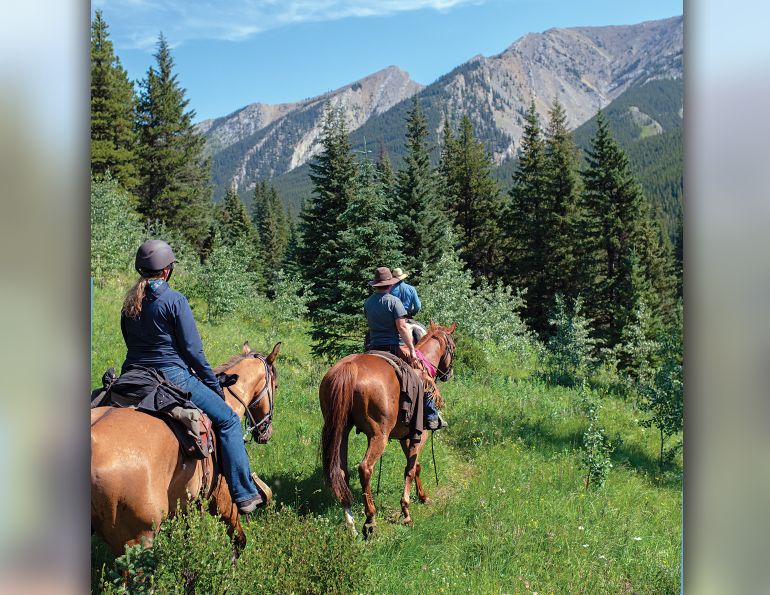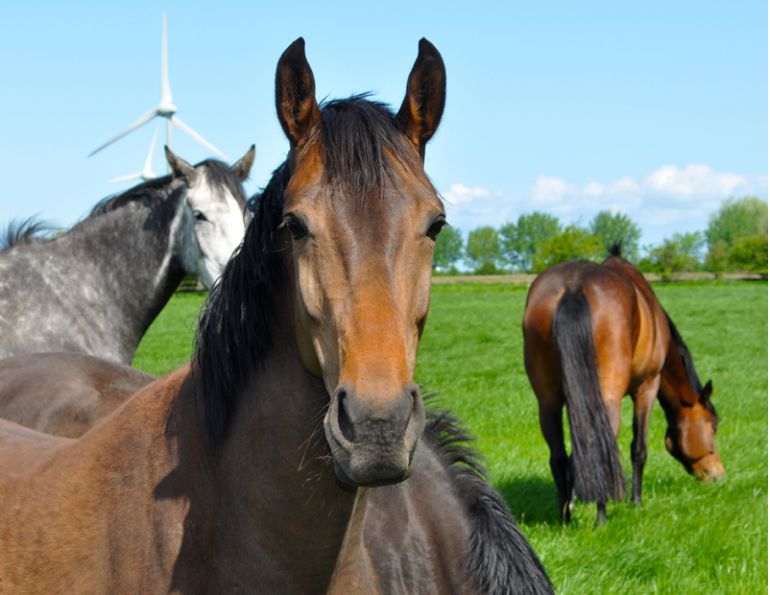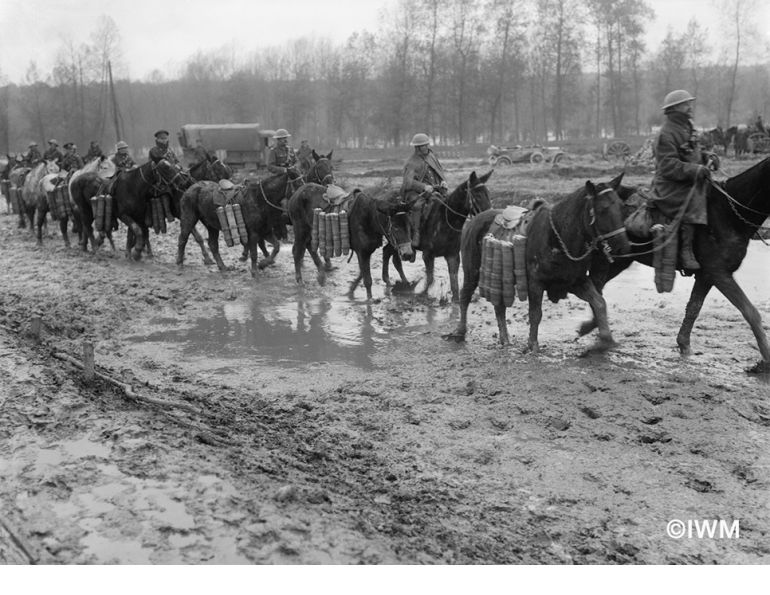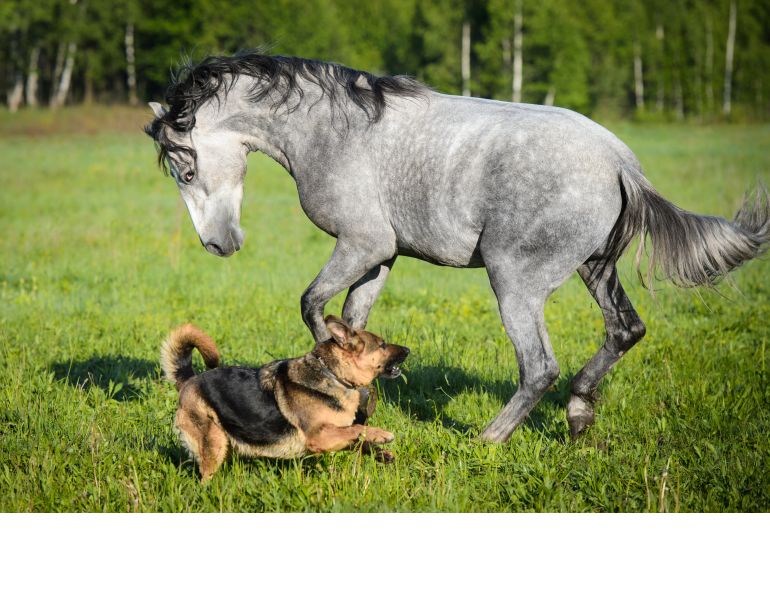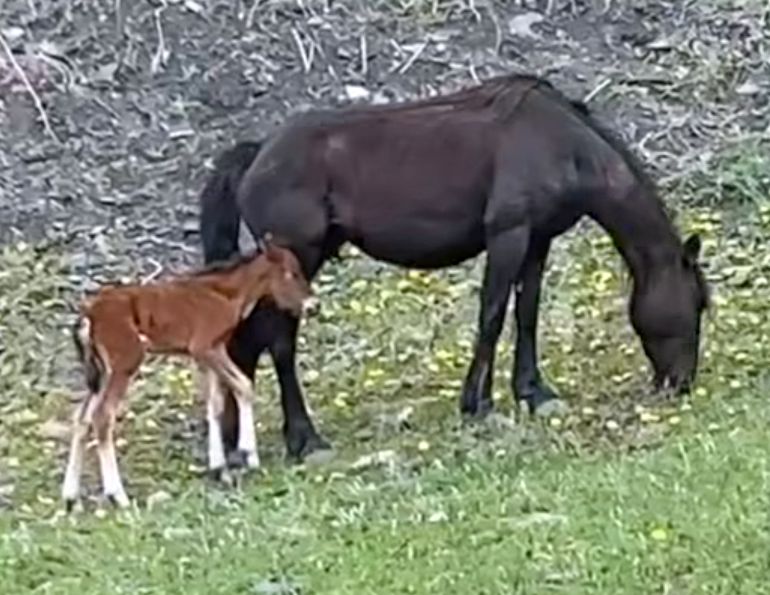The Donkey Sanctuary and El Refugio del Burrito
By Margaret Evans
In the 13th century, so the legend goes, a local hunter tracking game in the countryside of Almonte in the region of Andalusia, Spain, found a wooden carving of the Virgin Mary holding the Christ Child. It was hidden in a tree trunk. It instantly became a venerated effigy and a chapel was built where the tree stood. The site developed into the village of El Rocio and it became the focus of an annual pilgrimage and festival – the Romeria Del Rocio - that, since 1758, has been celebrated at Whitsun, the fiftieth day after Easter Sunday. It is a blend of Catholic and local beliefs like so many Spanish festivals.
Women dress in colourful flamenco dresses and men wear wide-brimmed bolero hats and short-cropped jackets. Since no motorized vehicles are allowed, the “romeros,” or travellers, come on foot, on horseback, or in wagons pulled by horses or oxen from throughout Andalucia and beyond.
The pilgrimage and festival is a much-loved celebration and each spring some one million people make the journey. Between 12,000 and 15,000 horses, mules and donkeys make their way to the shrine, often in blistering Mediterranean sun.
But in the reverie of singing, dancing, eating and drinking, a dark by-product of the celebration is that some animals are abused, overworked, or neglected resulting in a health crisis or death. The annual loss of equine life has sparked a lot of controversy.
According to a BBC report, since the year 2000 some 230 horses, mules and oxen have died from exhaustion during the weeklong festivities and many more have suffered serious injuries. In 2008, fatalities peaked at 25 animals drawing the ire of animal welfare charities when people stepped up to the plate to raise awareness. In 2014 a dead horse was abandoned on the side of the pilgrims’ route.
However, this year fatalities were down in number to eight deaths, the lowest since 2002. Cooler weather may have helped as well as the presence of onsite veterinarians and volunteer animal welfare workers.
El Refugio del Burrito is a subsidiary of The Donkey Sanctuary in the U.K. and was established in 2003. The non-profit organization has helped over 500 donkeys and mules in Spain and across Europe and currently monitors 200 animals. As well as investigating cases of abuse or neglect, the organization is equally committed to awareness campaigns and improving existing laws regarding animal welfare.
During the festival they sent some 30 veterinary specialists to set up a mobile hospital and provide onsite care to treat animals suffering exhaustion, dehydration, and injuries.
“On balance, welfare levels are high,” said Suzi Cretney, public relations manager with The Donkey Sanctuary. “There are enormous numbers of animals on site, most of whom are in good condition and well treated.”
In past years when help was available there was suspicion of the animal welfare people among the animal owners. However, this year owners willingly brought their animals to the volunteer vets for examination and treatment.
“At El Rocio we focus on demonstrating what we can do to help, using our charity motto which is that ‘donkeys and mules come first, second, and third’,” said Cretney. “This year we even had a group of travellers who on day one were highly cagey about having a malnourished horse looked at but on the last day they contacted us for advice and treatment for another mule which had a slight wound from its harness. It was fantastic to see the team’s collaborative approach having such a positive effect, and so very quickly.”
Cretney found the festival to be a fascinating mix of extraordinary horsemanship and friendly atmosphere with the unfortunate occurrences of welfare concerns that, she said, was a privilege to see their teams work on.
“One element that amazed me is how receptive people are to advice or treatment for their animals.”
For more information, visit El Refugio del Burrito and The Donkey Sanctuary.



